Fancy a stroll through the charming town of Daoulas?
Although Daoulas is often associated with its abbey, there are many other nuggets to discover in this commune at the gateway to the Brest harbor and close to Landerneau. Follow this walk to discover all its secrets!
The port of Daoulas
The mill
La venelle Saint-Nicolas
Place du Champ de Foire
Church street
Saint-Anne's chapel
Daoulas church
Daoulas Abbey

Moulin pond
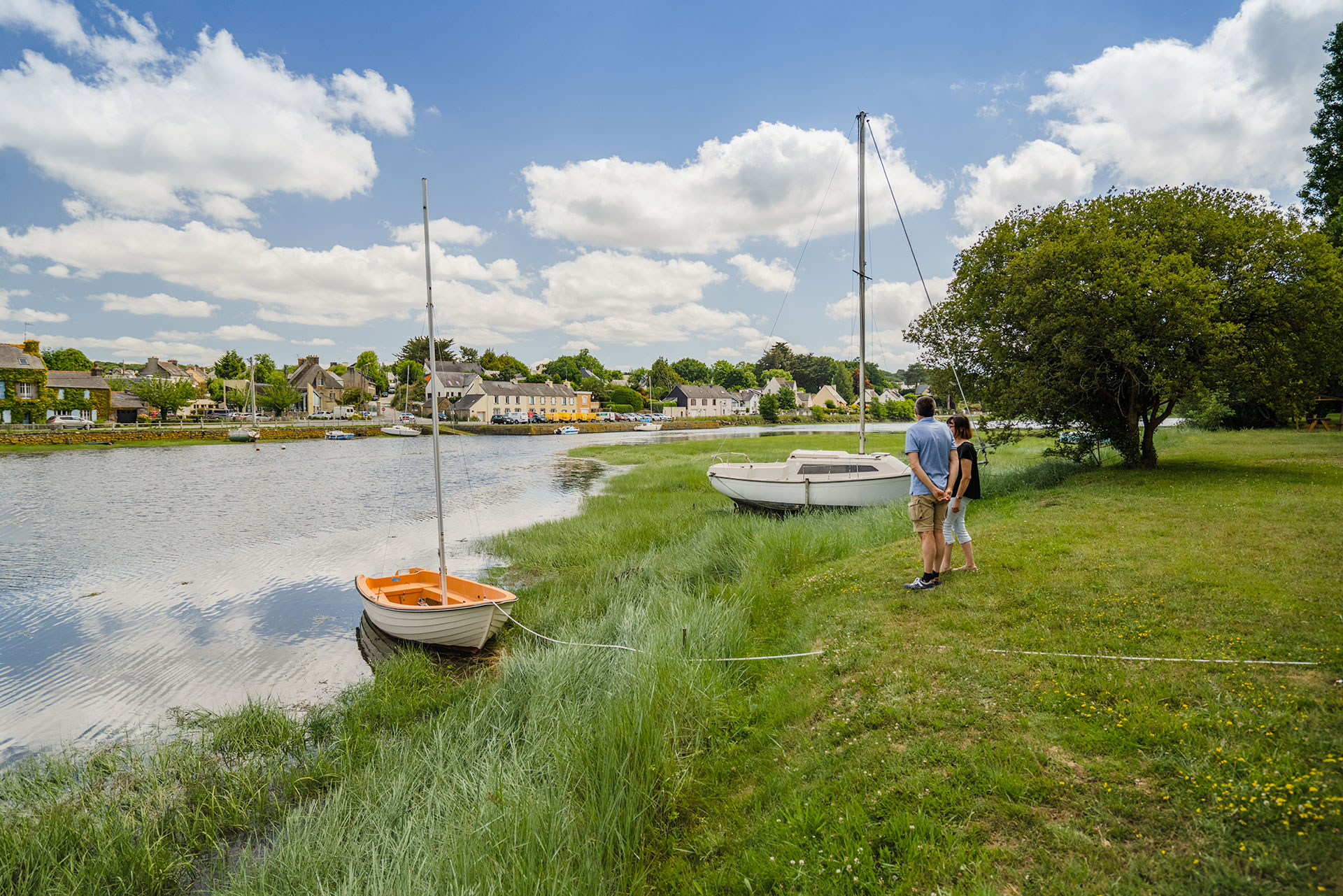
The little port of Daoulas
The port of Daoulas
Your tour starts at the harbor, witness to a time when trade was primarily conducted by sea. In the 15th century, the port of Daoulas held a strategic position in Brittany for the import of Bordeaux wines and salt, and for the export of cannonballs made of kersantite stone and linen.
Until 1950, the port of Daoulas was also known in Finistère for the landing of maerl, a natural limestone deposit that was spread over farmland.
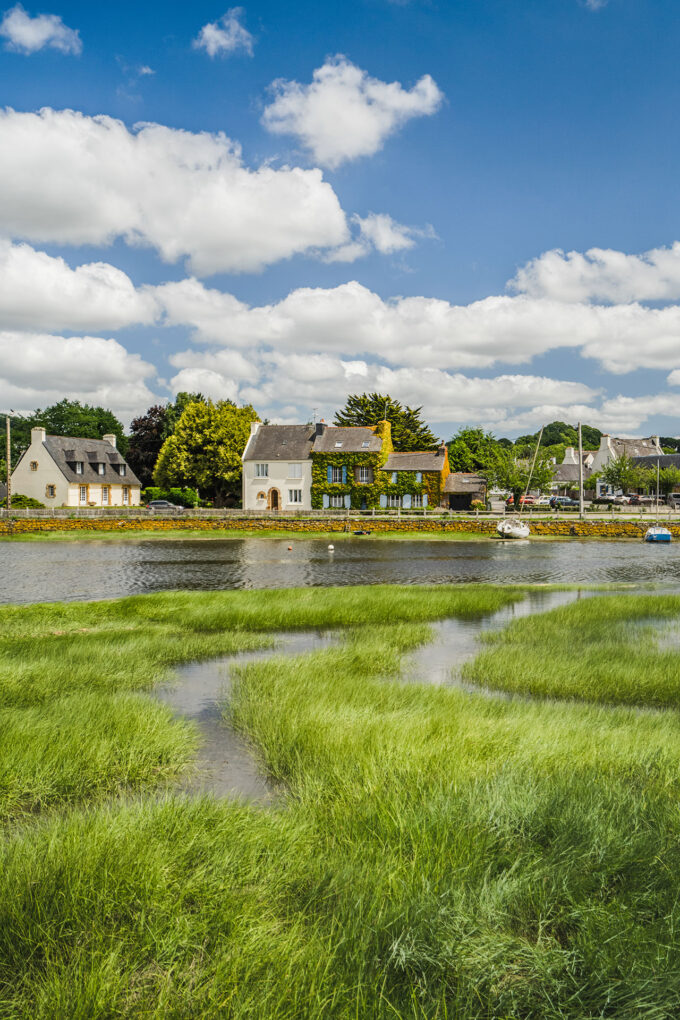
Earthenware in Daoulas
In 1800, a kaolin deposit was discovered at nearby L'Hôpital-Camfrout. The Daoulas earthenware factory was founded in 1855 by several artisan potters. The pieces produced rivaled those from Limoges for quality, even if they were essentially neutral pieces with little detail. The pottery remained in operation until 1891, and today houses a restaurant.
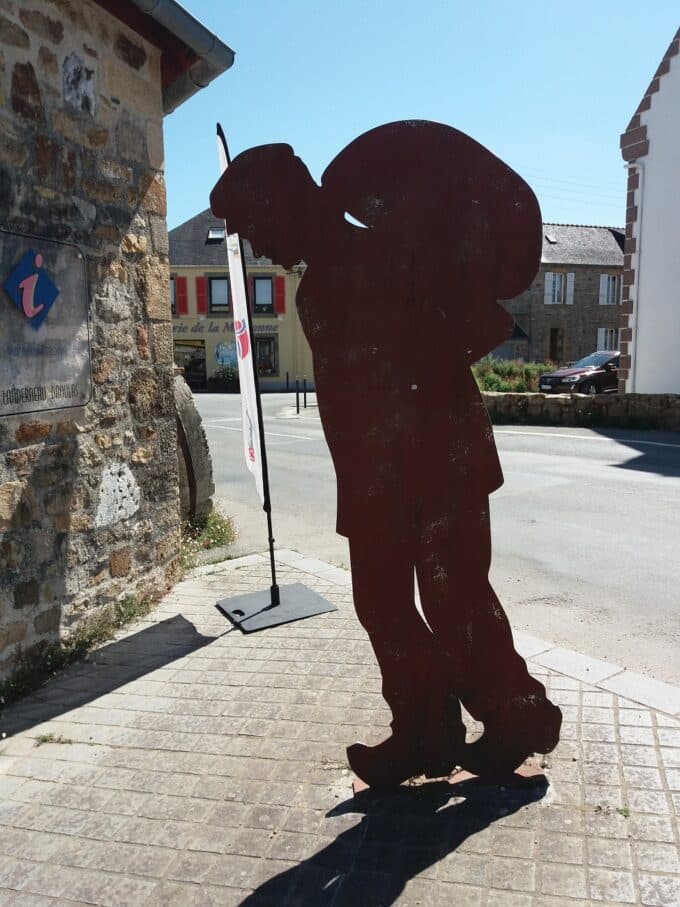
The mill, Daoulas's heritage
The water mill dates back to 1173, the same period as the construction of the abbey. What makes it special? Its wheel turns horizontally: it's known as a pirouette mill.
Its base is made of kersantite from several different quarries, which can be identified by the color of the stone: lighter, from the port of Kersanton; darker, tending towards black, from L'Hôpital-Camfrout.
Take a look at the graffiti carved into the stone: it depicts boats, symbols of the port trade in Daoulas, and a Viking Drakkar, in memory of the Viking invasion of 913, which destroyed the abbeys of Daoulas and Landévennec.
Have you noticed the statuette behind the Moulin? It's said to be blocking its ears from the noise of the mill and the river!
Today, the mill welcomes visitors as a tourist information point in summer.
A little freshness
A walk in Daoulas: the pond
Head for the pond for a cool, bucolic break. The étang de Daoulas is fed by water from the Mignonne, which rises in the Monts d'Arrée. You'll see the red-brick chimney that once belonged to the Madec factory, a scallop fisherman based in Logonna-Daoulas. This was also the site of the 12th-century Daoulas feudal motte. Every year, photographic walks enliven the town and the area around the pond, with an exhibition of photographs linked to the Abbey's annual theme.
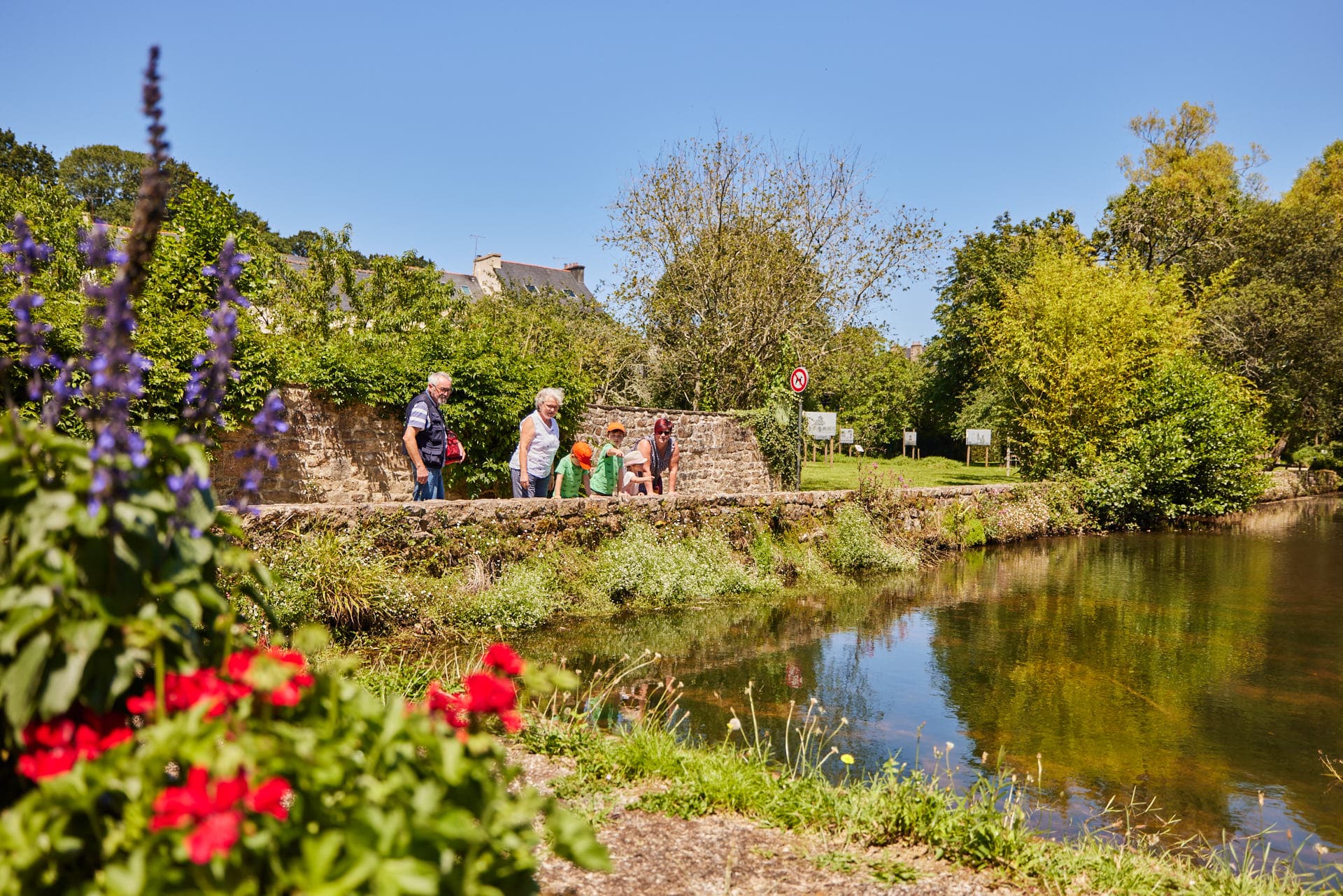
La venelle Saint-Nicolas
Your walk continues along the venelle Saint-Nicolas. Take a break in front of the fountain and statue of Saint-Nicolas. Feeling a little cramped? Of course not! The fountain is not in its original location: it comes from the Saint-Nicolas chapel, destroyed in the early 20th century.
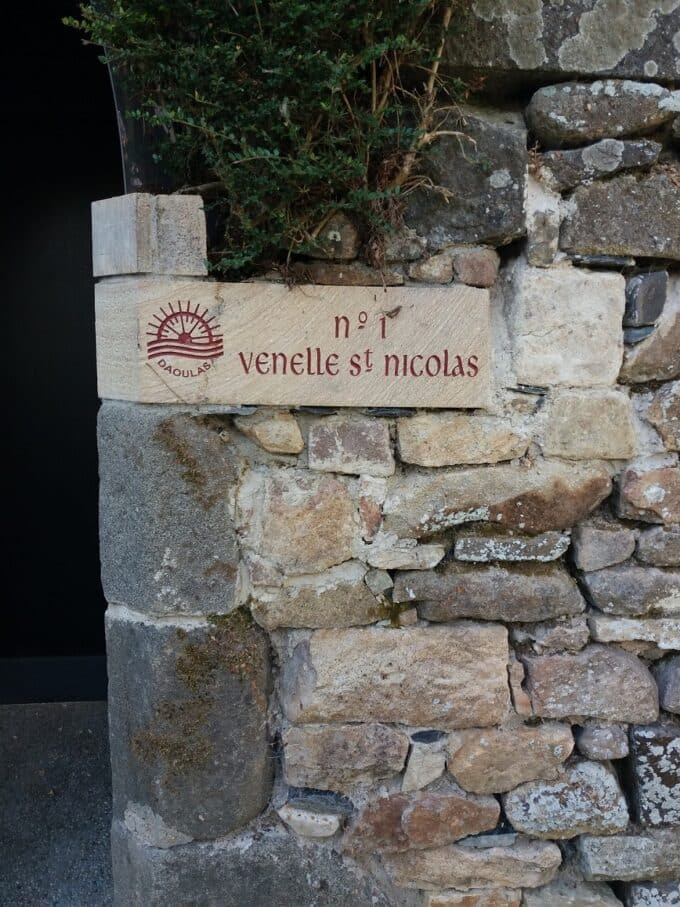
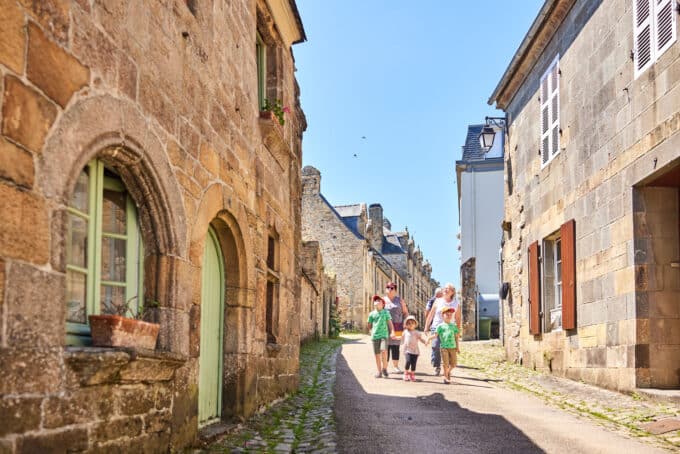
Place du champ de foire
Dominated by the Calvary, the square once housed a market hall, which burned down in the 15th century. Until the 1980s, this square was the site of a brood mare fair, as evidenced by the seesaw and bars still visible on the square.
The adjoining rue de la grande cohue takes its name from the time when defendants were tried in public (co=ensemble, hue = from the verb huer).
Church street
This was the "chicest" street in Daoulas! It was here that the town's wealthiest and most important people lived, and today it's home to many artists' and craftsmen's studios. It remained paved until 1987.
Take time to observe the 17th-century houses, built of 3 different stones. You'll see the Maison de Jérusalem, the oldest house on the street, which housed the Hospitallers of St. John of Jerusalem, responsible for checking the health of pilgrims on their way to Santiago de Compostela. Finally, you'll recognize the bishop's house by the representation of Christ above the door.

A little history ...
Legend has it that the name Daoulas has a rather dark origin! In 510 AD, a local lord is said to have murdered two abbots of Landévennec. His name is said to mean "the two murders". Another, more likely origin is from glas (blue in Breton), which, referring to water, means "the two streams".
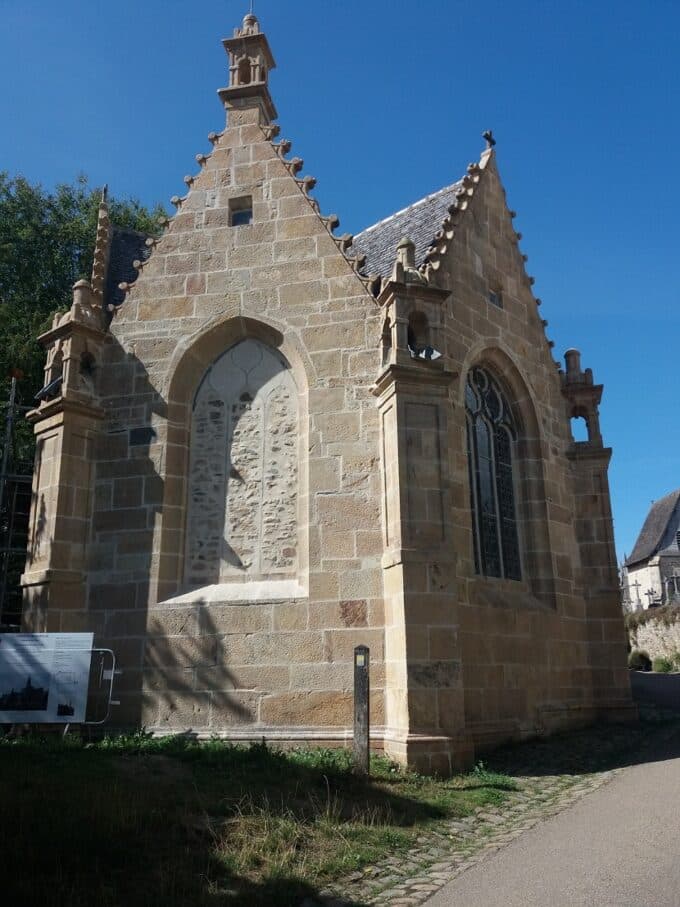
Sainte-Anne chapel
Built for pilgrims in 1429, it was first a hospice dedicated to Sainte-Anne, then became a chapel in 1667. It is made of Logonna stone, recognizable by its yellow color.
Daoulas church
The abbey church was built in the 12th century, originally in Romanesque style. Under the successive reigns of François1er and Louis XIV, the church gradually fell into disrepair due to lack of maintenance.
Following the French Revolution, a number of wealthy owners acquired the church and gradually restored it. In 1876, diocesan architect Joseph Bigot decided to restore the church to its original Romanesque style. To achieve this, he demolished the Gothic choir and bell tower, and moved the ossuary and carved porch. Enter the porch and admire the 12 apostles.
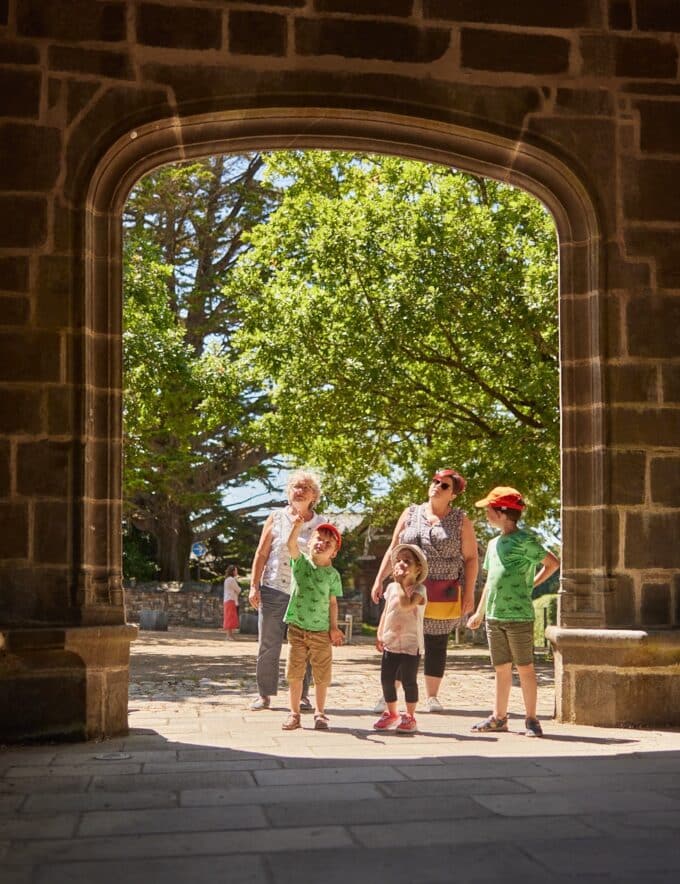
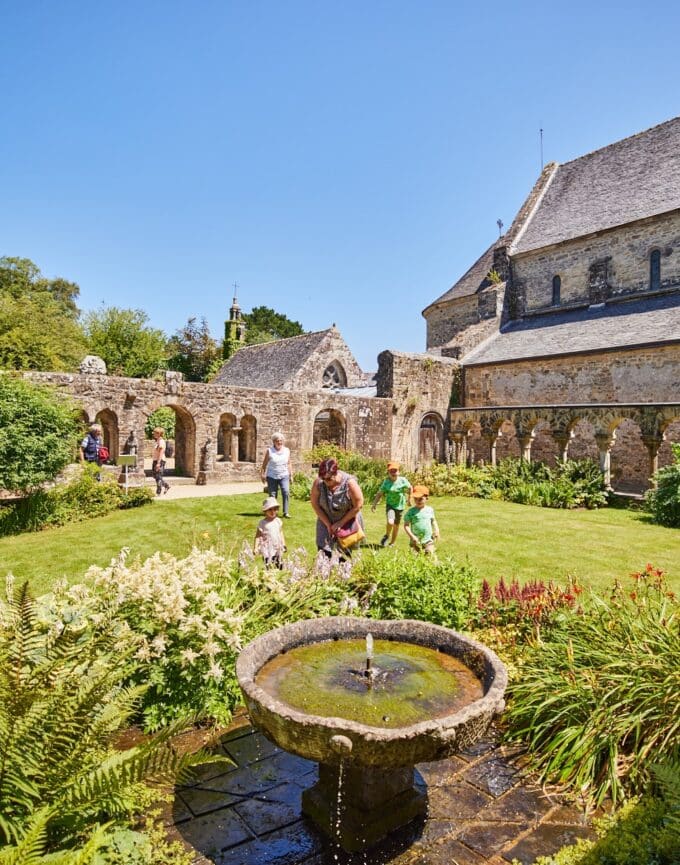
A must
Daoulas Abbey
The last and most important stop on a Daoulas discovery tour: the Abbey!
The exact date of its foundation is unknown, as it was destroyed by the Vikings around the year 900. Rebuilt in the 12th century, it was run by the canons of the Order of Saint Augustine. Successively acquired and maintained by wealthy owners and Franciscan nuns, it became the property of the Conseil Général du Finistère in 1984. Every year, the Abbey hosts cultural events and exhibitions. It is also remarkable for its magnificent medicinal plant gardens.
A leap back in time!
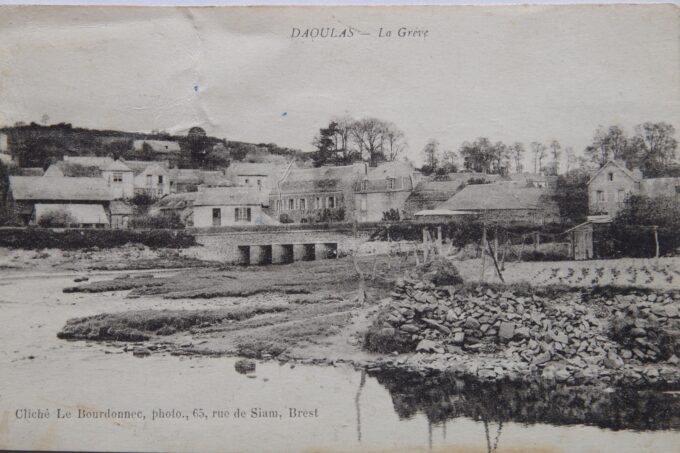
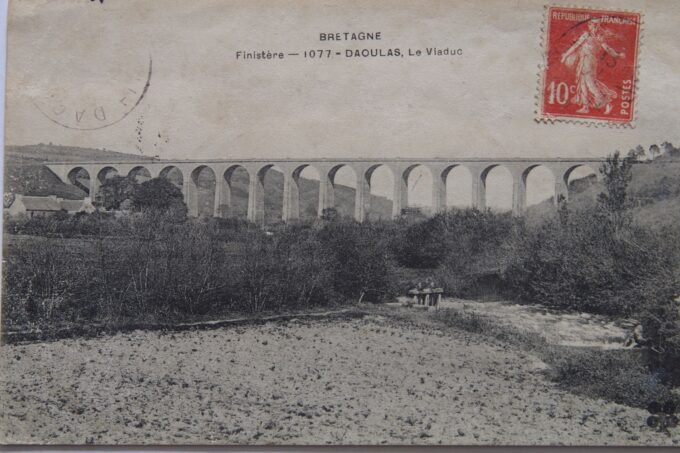

Good addresses
If you're under the city's spell, stay a little longer and discover all its secrets!
Let us guide you
In summer, the Tourist Office offers guided tours of historic Daoulas. Our team is dedicated to helping you discover the treasures of this charming town!
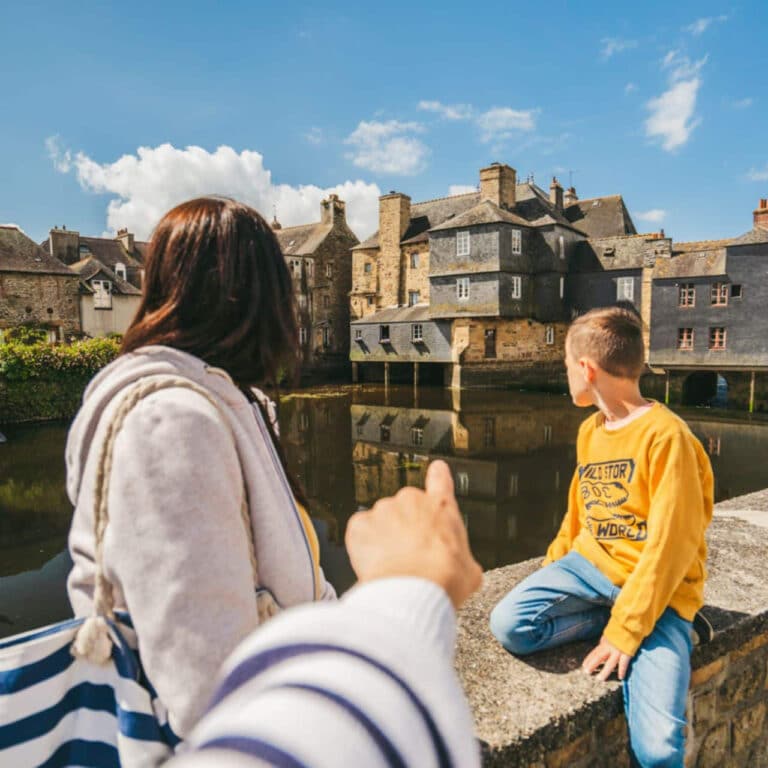
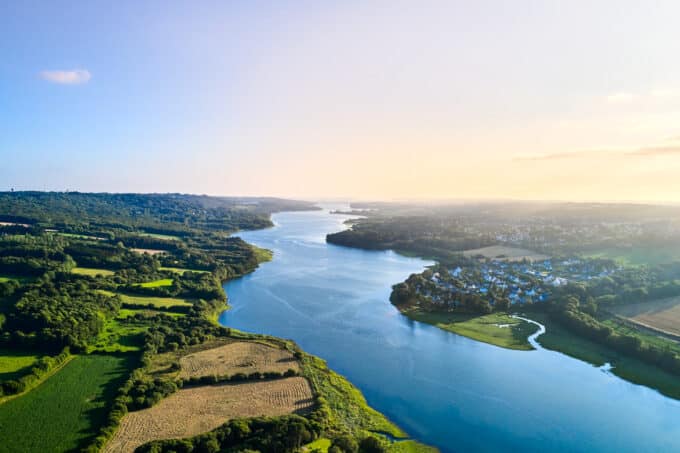
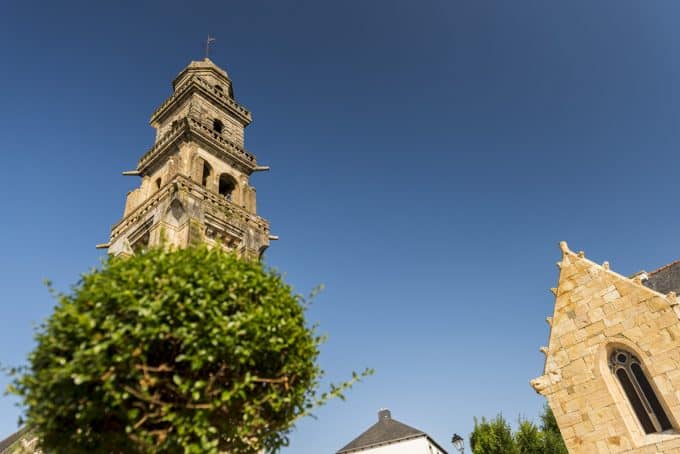
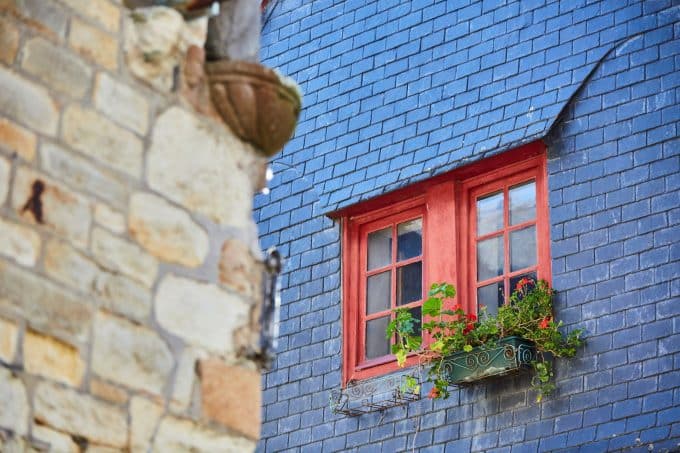
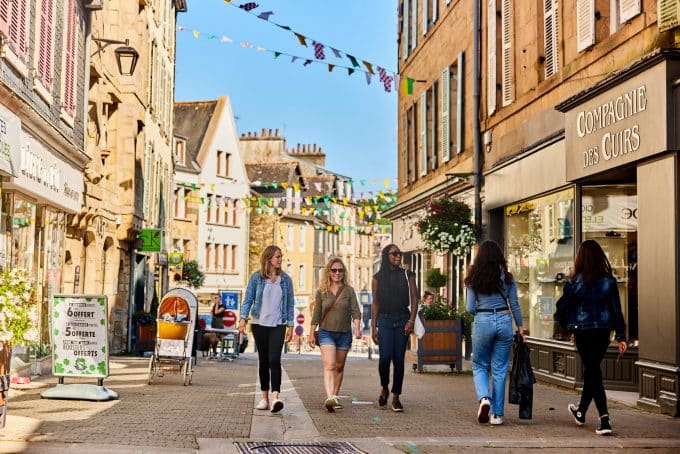
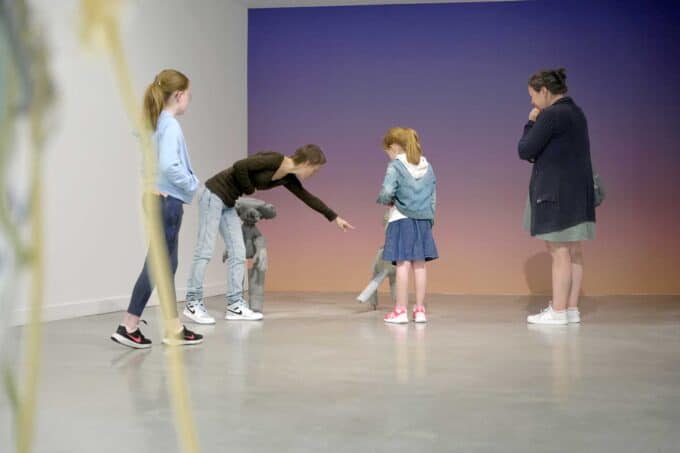
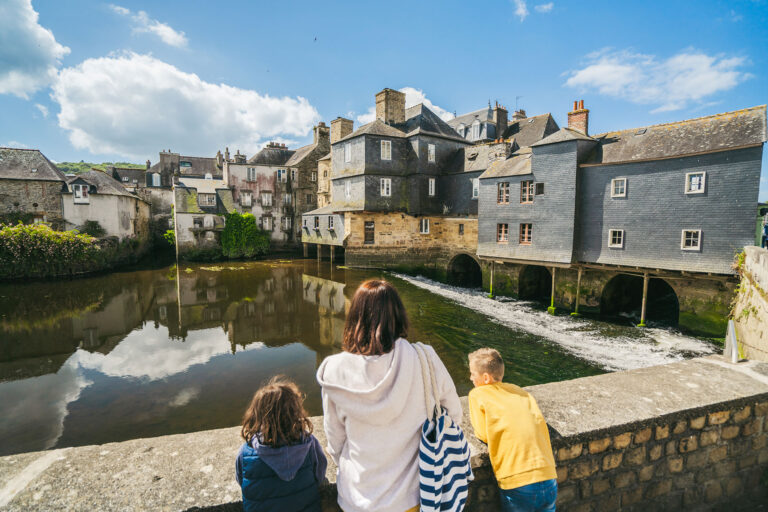
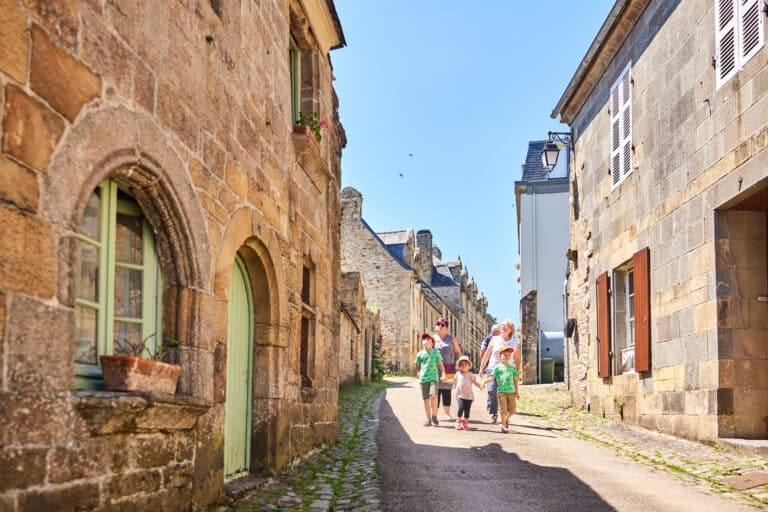

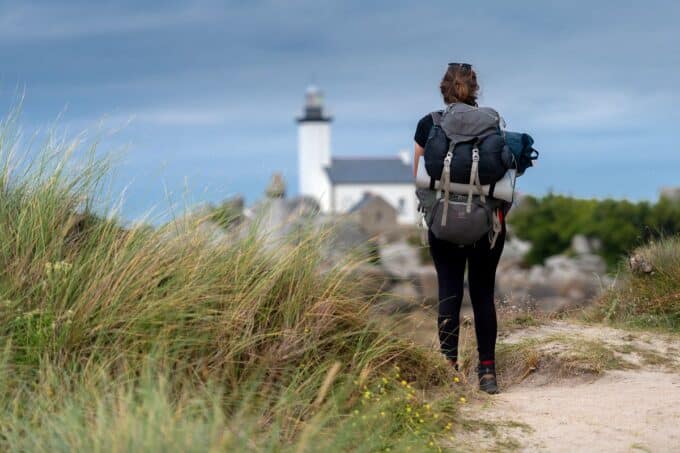


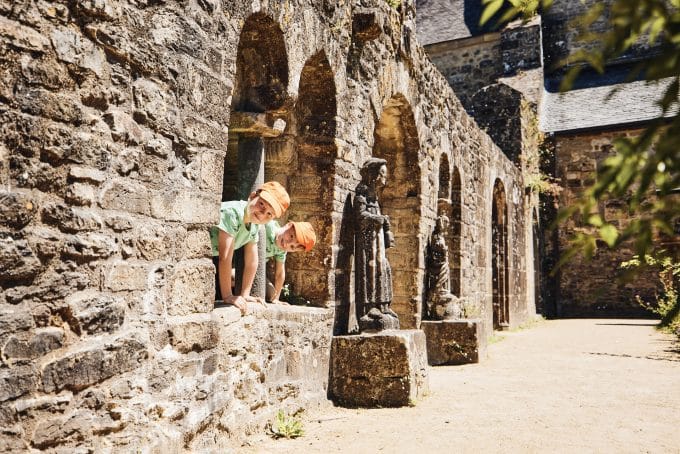
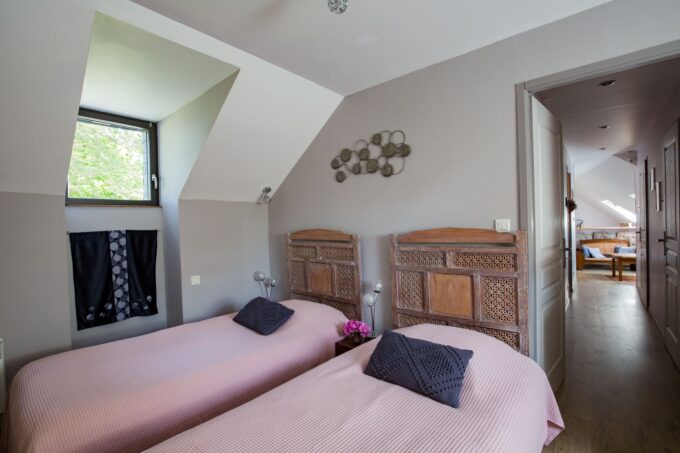
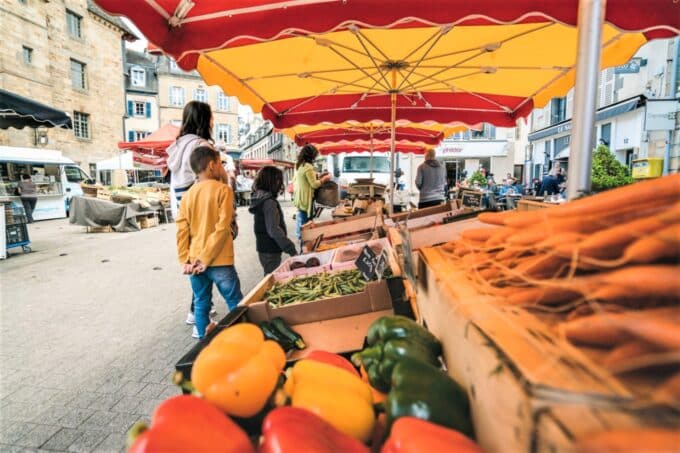
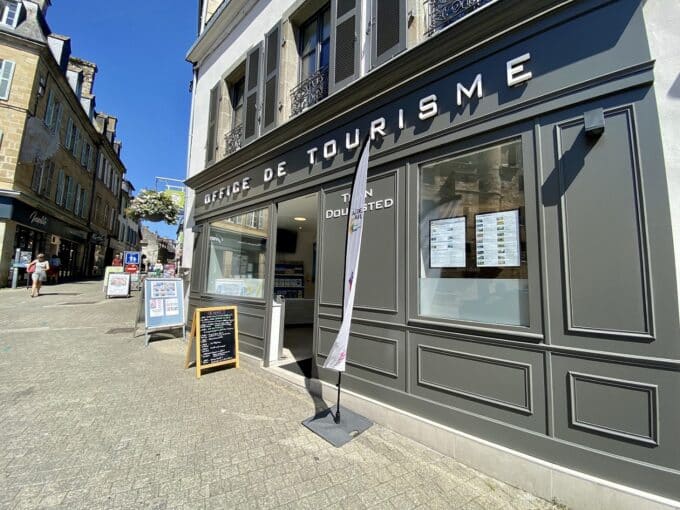

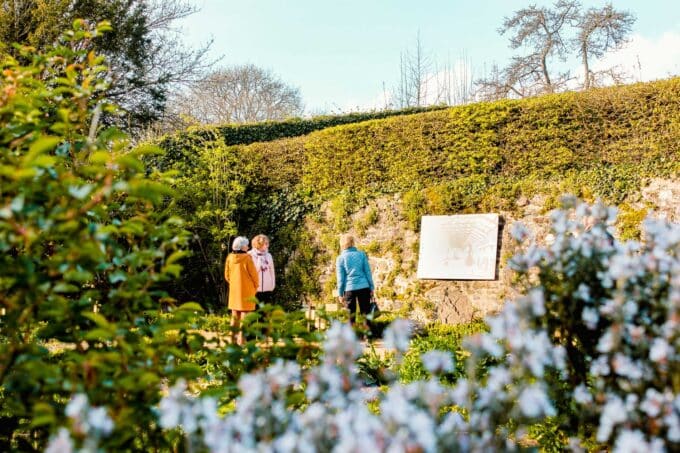
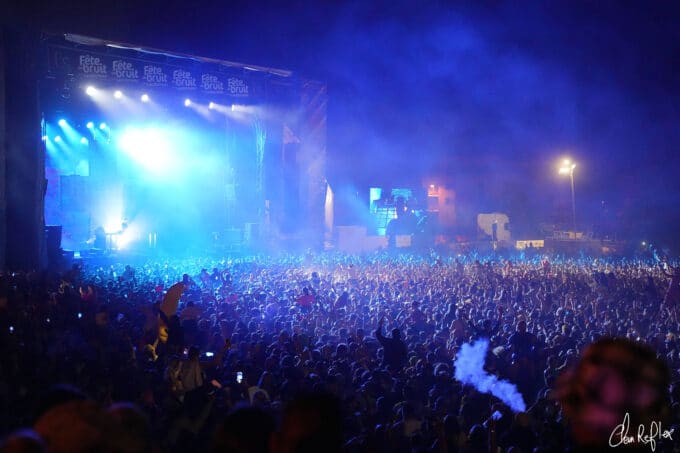
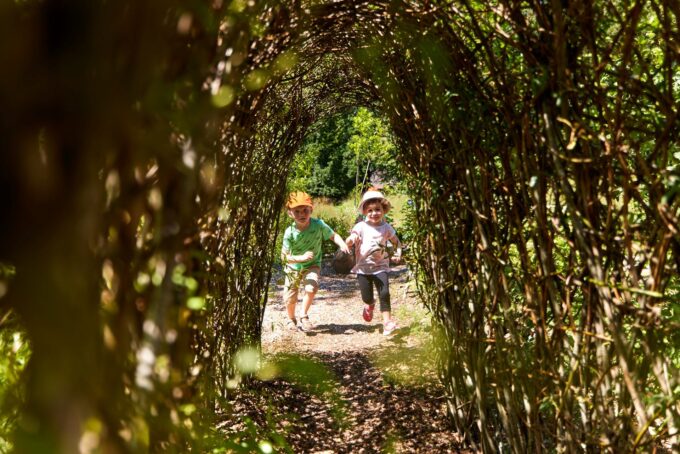
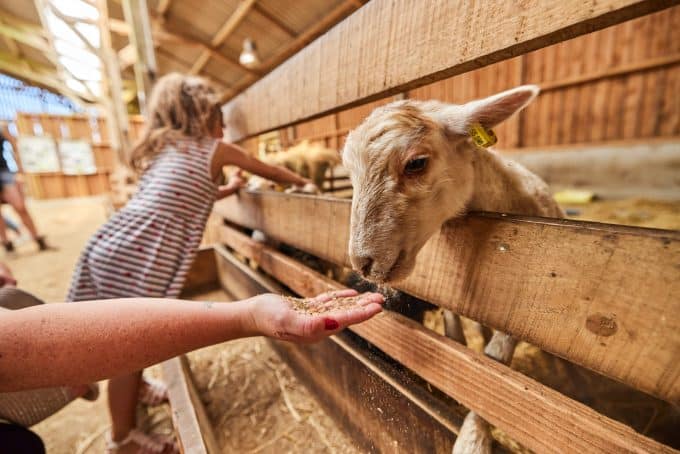

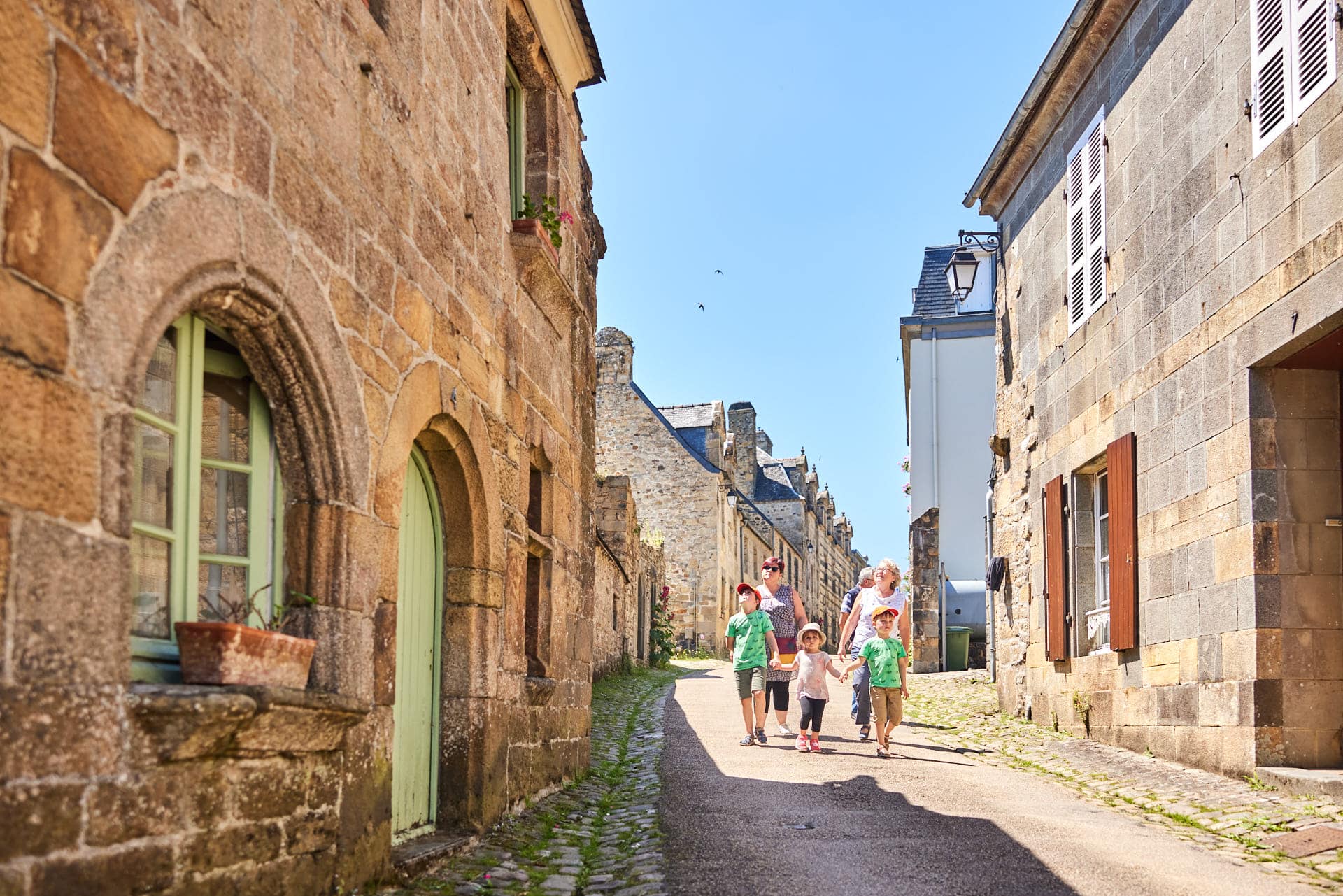
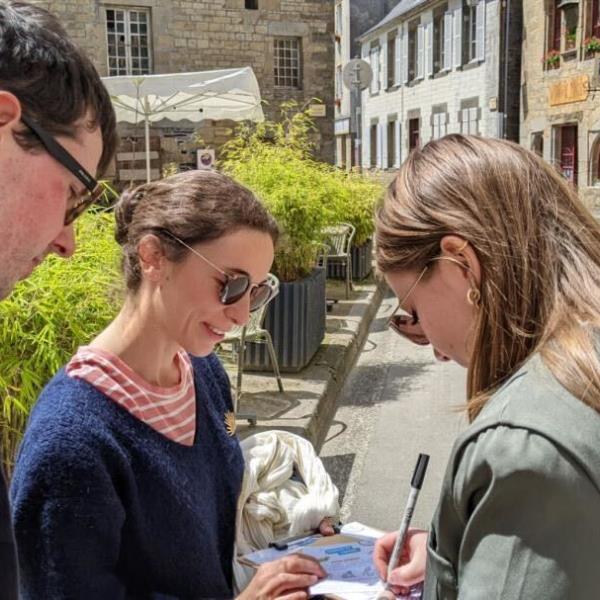

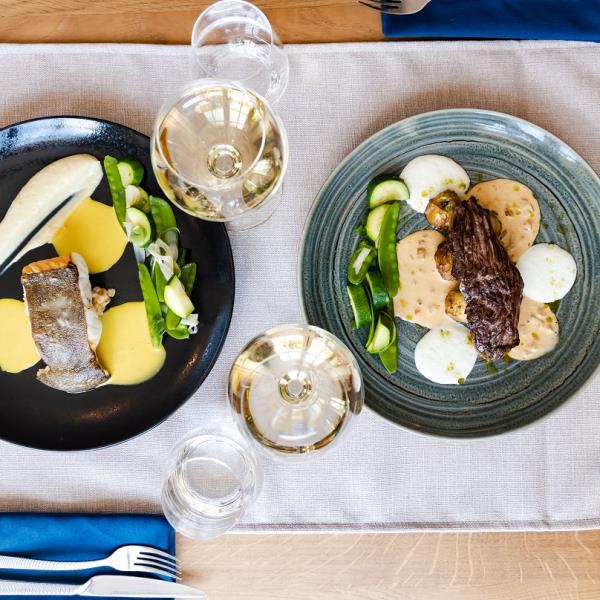
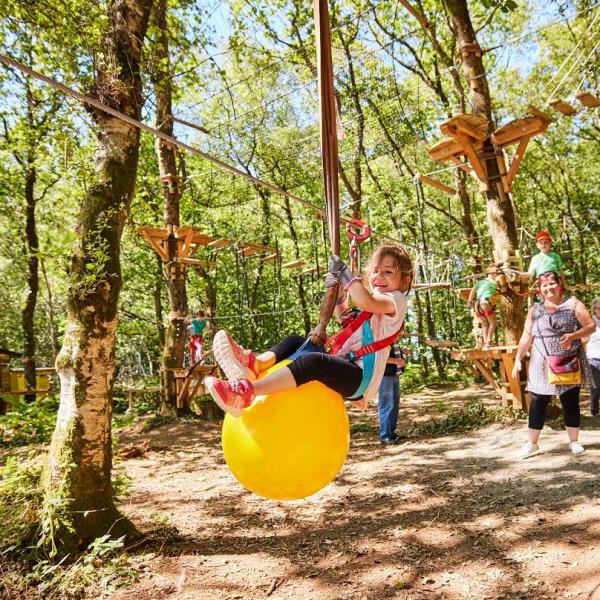
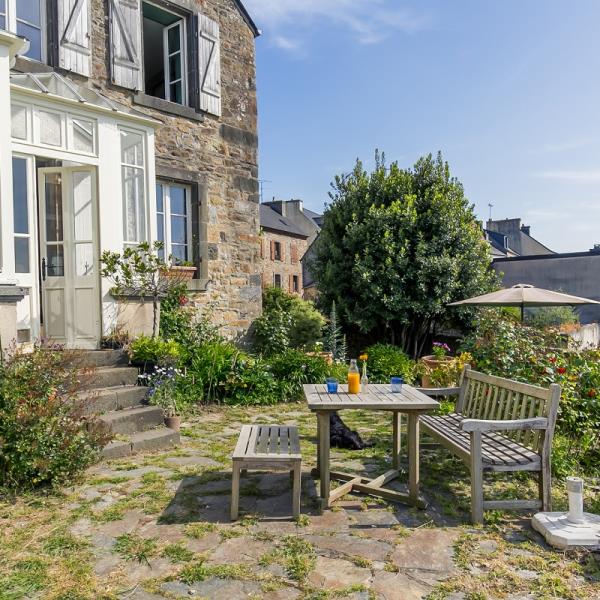
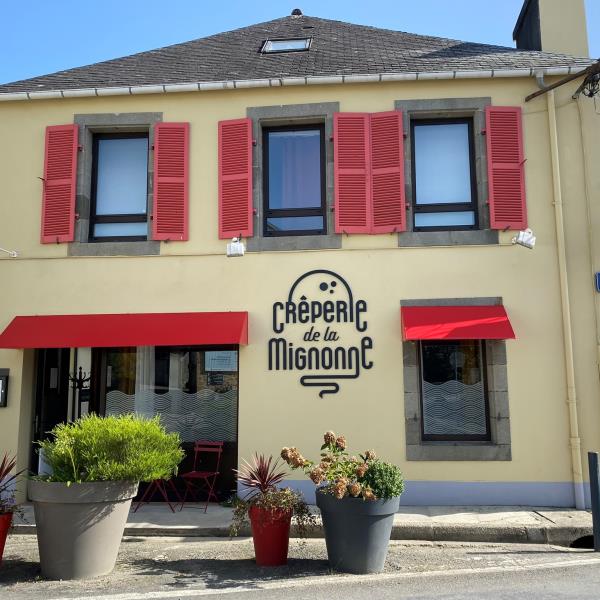
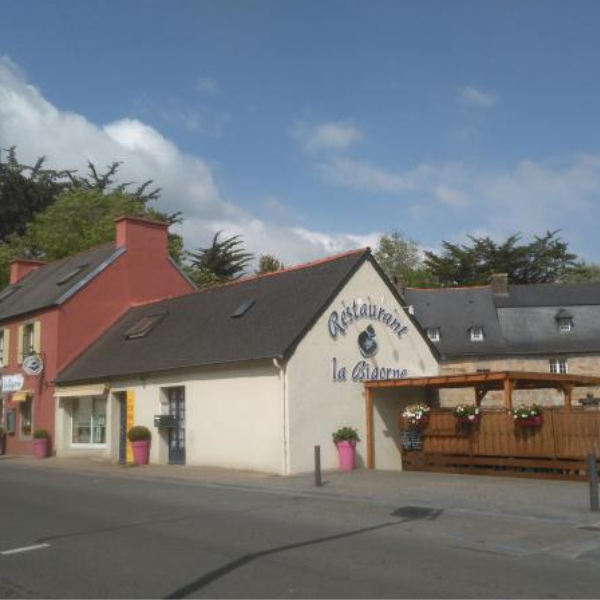

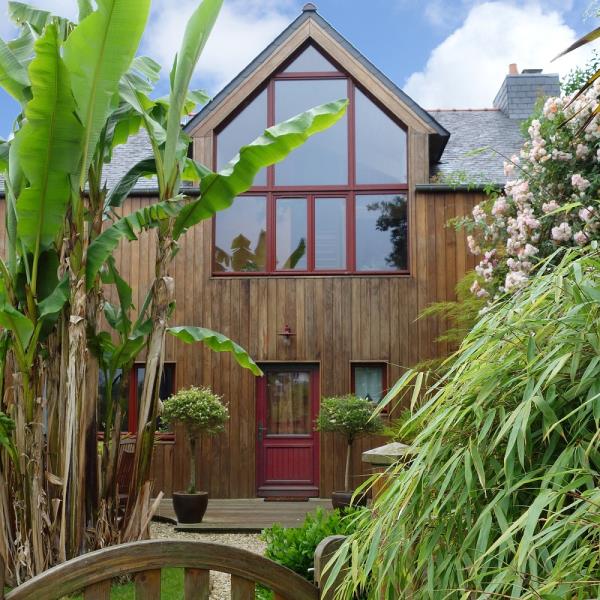
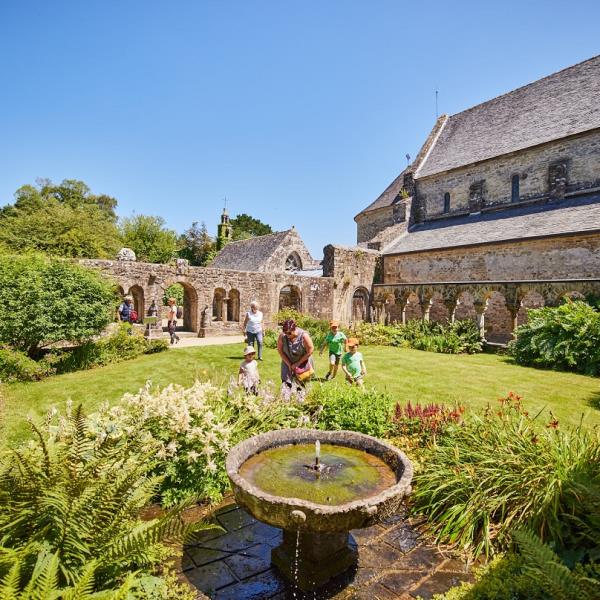
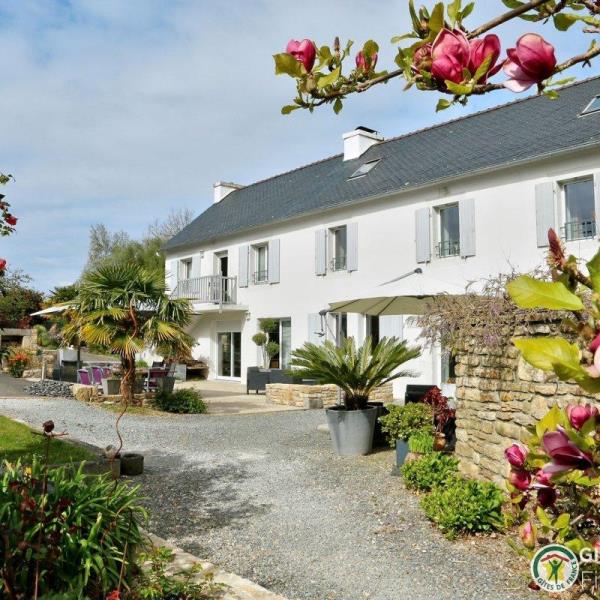
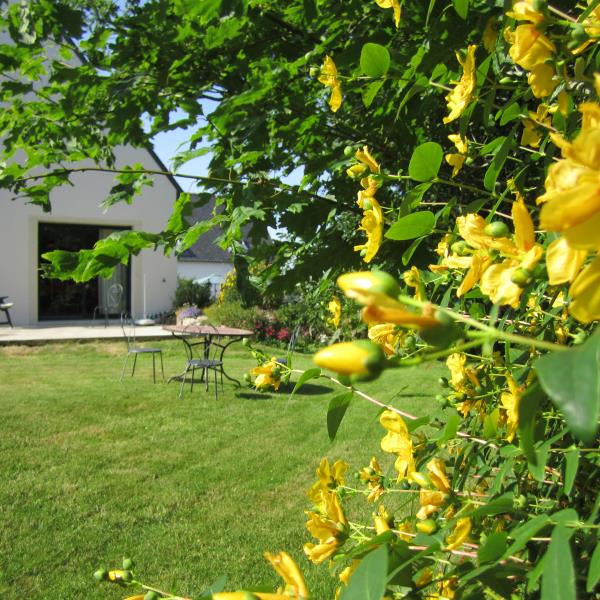
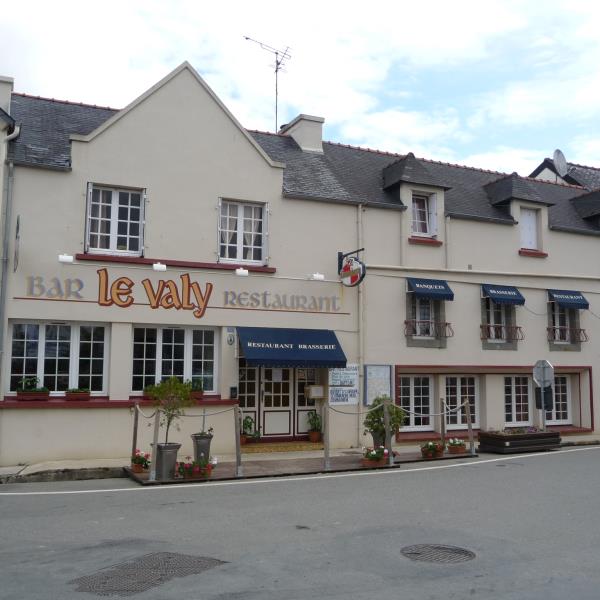
Discover Daoulas, the charm of Finistère!
By car
By train
By bus
By plane